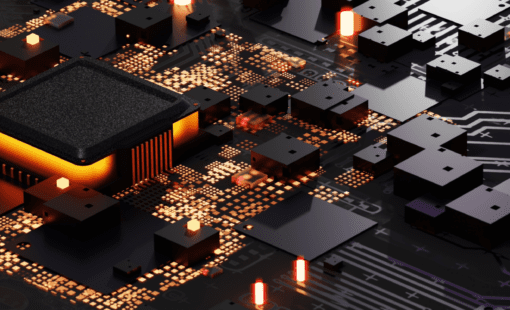Component obsolescence is a significant issue in PCB design that can cause production disruptions due to discontinued parts or long lead times. It often requires to costly redesigns, project delays, increased expenses, and higher risks. This article explores the challenges of managing obsolescence and explains how tools like Zuken’s CR-8000 streamline part identification, design updates, and version control.
The Impact of Component Obsolescence on PCB Design
Obsolescence occurs when an electronic component used in a PCB design becomes unavailable due to supply chain issues, rapid technological changes, market shifts, or new regulations. When a critical component is no longer available, replacements must be found, their impact on performance assessed, and updates made to both schematic and layout designs.
Handling these updates manually can be labor-intensive. Designers must locate obsolete components across multiple schematics and layouts, find substitutes, and ensure the replacements don’t compromise performance. Without proper synchronization, errors can easily creep into the design.
Additionally, maintaining version control and documentation adds complexity, especially in large designs with numerous variants. This is where advanced PCB design tools like CR-8000 offer critical support by simplifying the process and enhancing accuracy.
Enhancing Obsolescence Management with Design Tools
CR-8000 stands out with its integrated design and library management engine (DS-CR), enabling designers to quickly identify obsolete components, automate updates to schematics and layouts, and simplify version control.
Using the ‘Where-Used’ feature of DS-CR, designers an easily locate all instances of an obsolete component in a versions and variants, eliminating time-consuming manual searches. Once identified, updates can be applied across all affected designs in a single step by assigning the new component from the DS-CR library. This process ensures consistent, error-free replacements across all iterations.
CR-8000’s PCB layout application, Design Force, s equipped with tools that assist in complex layout changes. This reduces the need for manual adjustments and helps ensure that the layout continues to meet performance specifications after a component swap. The data management engine DS-CR tracks every design revision in CR-8000 and maintains synchronization between schematic and layout designs. This prevents inconsistencies and minimizes the risk of errors during manufacturing.
A Typical Workflow: Resolving Obsolescence Issues in 3 Steps
Consider a scenario where a critical resistor (R99) needs to be replaced with an alternative (MCR 11 22 4) to avoid production delays. The combination of CR-8000’s design tools and DS-CR data management funtionality ensures the design’s integrity remains intact throughout the process.
-
Component Identification and Replacement
Using DS-CR’s ‘where-used’ feature, the obsolete component is quickly identified and replaced across the entire design with automated replacement features in CR-8000. This ensures consistent, error-free global changes. -
Schematic and Layout Synchronization
After the replacement, CR-8000’s synchronization tools update both the schematic and PCB layout, seamlessly integrating the new component while preserving the original layout’s performance and structure. -
Design Verification and Performance Testing
And finally, CR-8000’s simulation tools verify that the replacement meets performance requirements, ensuring the design remains fully functional and resolving the obsolescence issue without impacting overall performance.
Discover How CR-8000 Can Help You Manage Component Obsolescence
Managing component obsolescence doesn’t have to be a daunting task. Tools like Zuken’s CR-8000 provide a structured approach to identifying, replacing, and verifying components to ensure that your designs remain on track and within budget.
To learn more about how these intelligent design tools can transform your approach to managing obsolescence, watch our webinar on Dealing with Component Obsolescence in PCB Design. Discover how you can minimize disruptions and keep your projects on schedule by leveraging advanced design solutions.

- Webinar
This webinar will demonstrate how Zuken's CR-8000 Enterprise PCB Design System automates updates and redesigns in response to component obsolescence. Learn how to identify affected modules, update designs with a schematic module library, and intelligently assist layout modifications.

- Products
CR-8000 is a System-Level PCB & IC Package Design software including 3D Multi-board, Analysis and MCAD Integration





